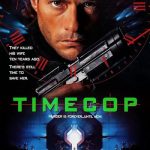It Comes at Night (2017)
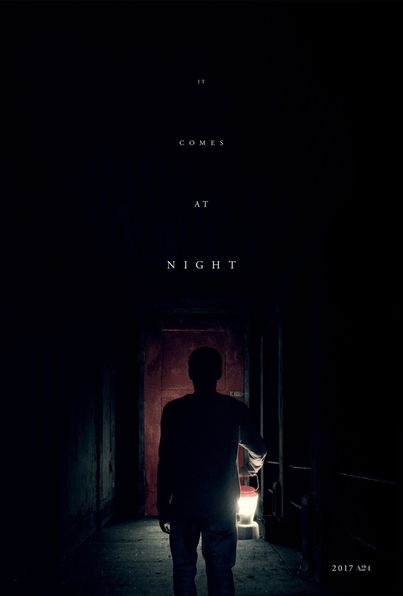
“It Comes at Night”: A Tense Exploration of Fear and Paranoia Directed by Trey Edward Shults
Suggested videos for you:
@licktowing11 John Carter (2012) #movie #movieclip #actionmovie #bestmovie #movie2024 #movienetffix #viral #viralvideo
@licktowing11 John Carter (2012) #movie #movieclip #actionmovie #bestmovie #movie2024 #movienetffix #viral #viralvideo
Released in 2017, “It Comes at Night” is a psychological horror film directed by Trey Edward Shults, known for his unique storytelling and atmospheric tension. This film distinguishes itself within the horror genre by focusing more on the psychological aspects of fear rather than relying heavily on jump scares or supernatural elements. With a small but talented cast, including Joel Edgerton, Christopher Abbott, and Riley Keough, “It Comes at Night” delves deep into themes of trust, survival, and the human condition in the face of an unspecified apocalypse.

The narrative is set in a post-apocalyptic world ravaged by an unknown threat, which has led to a breakdown of societal norms and widespread paranoia. The film follows Paul (Joel Edgerton) and his family, who live in a secluded cabin in the woods, adhering to strict rules designed to keep them safe from the dangers lurking outside. Their isolated existence is disrupted when another family, led by Will (Christopher Abbott), arrives seeking refuge. As the two families grapple with their precarious situation, tensions rise and mistrust begins to fester, leading to a chilling exploration of how fear can corrupt even the strongest bonds.
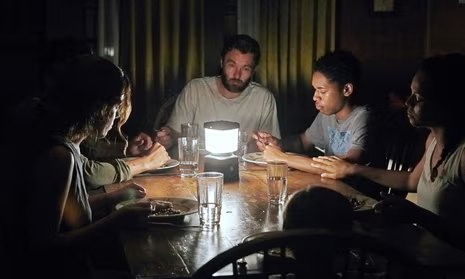
Trey Edward Shults’s direction is marked by an exceptional ability to create an unsettling atmosphere. The film’s cinematography, shot by Drew Daniels, utilizes shadows and dim lighting to evoke a sense of claustrophobia and dread. The confined setting of the cabin amplifies the characters’ isolation, making the audience acutely aware of the dangers that lie beyond the walls. Shults masterfully builds tension through slow-burning scenes, allowing viewers to feel the weight of the characters’ fear and uncertainty. The minimalistic score further enhances the atmosphere, punctuating moments of suspense without overpowering the narrative.
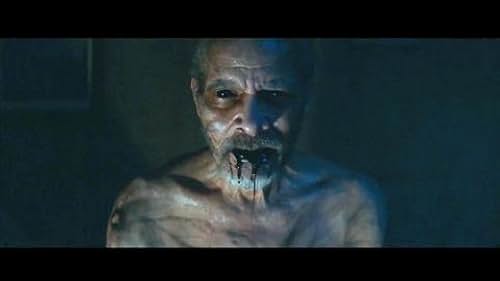
“It Comes at Night” is primarily classified as a psychological horror film but also incorporates elements of drama and thriller. The film explores profound themes of trust, morality, and the instinct for survival in a world stripped of safety and security. As the characters navigate their increasingly dire circumstances, the film raises questions about what people are willing to do to protect their loved ones and how fear can lead to irrational decisions. The ambiguity surrounding the nature of the threat outside serves to heighten the tension, leaving audiences to grapple with their own interpretations of what is truly at stake.
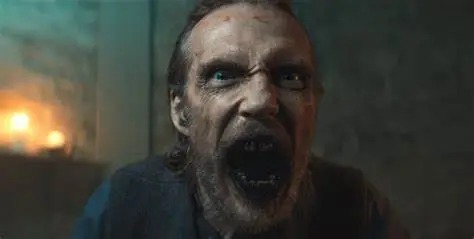
Joel Edgerton delivers a compelling performance as Paul, capturing the character’s fierce protectiveness and internal conflict. His portrayal adds layers of complexity to the narrative, as viewers witness his struggle to maintain control amidst the chaos. Christopher Abbott and Riley Keough also shine in their roles, portraying the fear and desperation that come with the breakdown of trust. The dynamics between the characters provide a rich emotional landscape, making their eventual choices both heartbreaking and inevitable.
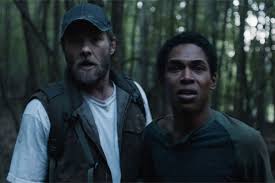
Upon its release, “It Comes at Night” received generally positive reviews from critics, who praised its psychological depth and atmospheric tension. However, some viewers found the film’s ambiguous nature and slow pacing challenging, leading to mixed reactions regarding its resolution. Despite this, the film has achieved a lasting impact, resonating with audiences who appreciate its cerebral approach to horror and its exploration of the human psyche under duress.
In conclusion, “It Comes at Night” is a masterfully crafted psychological horror film that examines the complexities of fear and trust in a post-apocalyptic world. Directed by Trey Edward Shults, the film combines atmospheric tension with strong performances to create a haunting narrative that lingers long after the credits roll. Through its exploration of human relationships and moral dilemmas, “It Comes at Night” stands out as a thought-provoking entry in the horror genre, inviting viewers to reflect on the darker aspects of humanity when faced with existential threats.






